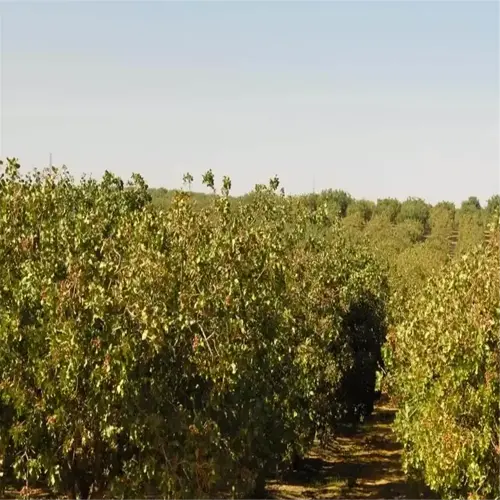Are pomegranate trees high maintenance?

Written by
Julia Anderson
Reviewed by
Prof. Charles Hartman, Ph.D.The low-maintenance reputation of pomegranate trees is earned because of them being drought-resistant and immune to most pests. They behave entirely differently from needy peaches or disease-prone apples. Coming from the Mediterranean region, they tolerate neglect. I have revived pomegranate trees from abandoned orchards that had not been cared for in years, and they produced fruit. That said, a little extra care will improve yields and longevity.
Essential Tasks
- Pruning: Remove dead wood and suckers in late winter
- Mulching: 3-inch organic layer to retain moisture
- Soil check: Test pH every 2-3 years
Optional Tasks
- Fertilizing: Only if growth stalls or leaves yellow
- Pest sprays: Neem oil for severe infestations
- Irrigation: Supplemental water in extreme drought
It is rather straightforward when pruning pomegranates. I train trees to a multi-trunk bush style to allow it to naturally grow. I recommend cutting off crossing branches and thinning out dense areas. A client of mine had over-pruned the tree, yet it was able to rebound entirely in two growing seasons - although I am always amazed at how resilient they are and recover. Most importantly, to prevent the spread of disease, always disinfect your shears with alcohol.
Soil management remains uncomplicated. These trees tolerate a soil pH of 5.5-7.5, which is positive because blueberries require much more precision with acidity. My orchard on heavy clay soil does just fine as I simply apply compost top-dressing each year. With sandy soils, you will also need to periodically apply bentonite clay. The only soil issue you need to address relates to zinc deficiencies. Yellow leaves will indicate the requirement for a zinc foliar spray.
Pests are exceptionally rare on pomegranates. I may occasionally see an aphid colony on new growth. I spray these with water jets in the early morning. Leaf-footed bugs show up in the late season, but I can just trap them by putting sticky band traps around the trunks. Neem oil will work on more dire infestations. I also plant garlic as a companion plant to help with pest problems.
Urban gardeners have success with very little effort. My 8-foot patio tree only gets watered every month, but reliably produces fruit every year. Dwarf varieties like ‘Nana' require even less space. You can also share cuttings with neighbors because cuttings will root in damp perlite with little to no effort. In short, growing pomegranates is low maintenance and high reward.
Read the full article: How to Grow Pomegranate: Expert Tips for Success

